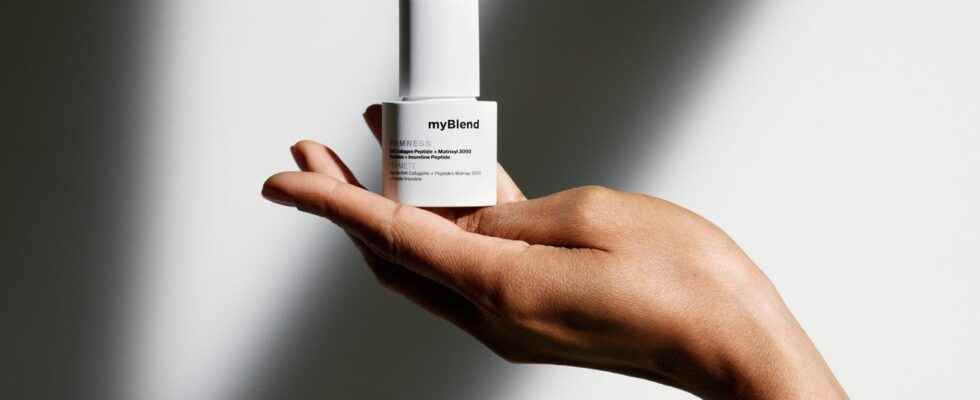Major brands are taking up the challenge of integrating it into the circular economy. Luxury is an experience. However, the case is part of this character of rarity and prestige. If these packaging were distinguished by excess, now the carbon footprint matters. 77% of consumers say they are ready to turn away from a brand if it is unable to respond to ecological and sustainable issues (Citeo “Luxury Shopper” study, 2019).
Lighter bottles
In the wine galaxy, Ruinart broke the codes in 2020 with its second skin envelope. The champagne house has led the way while remaining sober, chic and elegant. This summer, Château Galoupet, a Var estate acquired by Moët Hennessy, dared to use iconoclastic packaging for its rosé for laying down: a bottle with an amber hue, a first for a rosé, made of recycled glass (70%) and lighter than the bottles classics. Attention to detail: the capsule is made of natural wax. Tackling packaging is in no way a simple marketing stunt since it represents on average 40% of a domain’s carbon footprint. “In addition to saving raw materials, shedding the bottle significantly limits CO2 emissions during transport,” says Clémentine Reyboubet, marketing & data manager for Champagne EPC, who also opted for a lighter bottle.
Another major challenge: plastic. From the Cellophane sheet that seals cosmetic products to the second skin that lines bags and branded handles, it is omnipresent. In going green, luxury is anticipating the European Commission’s goal of seeing plastic packaging become fully recyclable by 2030. Everyone is tackling the pollution that affects the oceans: Chanel, via the Finnish start-up Sulapac at the origin of a material without microplastics, recyclable and biodegradable in the marine environment; Breitling and its cases made from PET bottles; Guerlain with its bottles made of recycled glass…
Imagination and disruption
Some even set themselves the goal of achieving “zero plastic”. Like Clarins and its myBlend brand, relaunched by Olivier Courtin. The team lives in a disruptive incubator. Starting with the choice of the case: a thick cardboard looking like sandstone. “Consumers want something beautiful, healthy and responsible. Raw, recycled and recyclable cardboard had to be aesthetic: perfect edges, neat embossing, and no cellophane”, explains Suzy Lebert, brand director. Bottles and jars are preferably made of glass and pure aluminum.
And since luxury is in the detail, opening the jar summons the sound codes of a bygone era: a pronounced squeak, evoking that of porcelain. “This noise is a bold bet, any change can be anxiety-provoking,” she breathes. Audacity, isn’t that what encourages these houses to launch into the exploitation of shells, wood, sugar cane fiber… in their packaging? “Abandoning plastic is a first step. To be virtuous, you have to think globally and locally,” concludes Suzy Lebert. Another challenge ahead.
